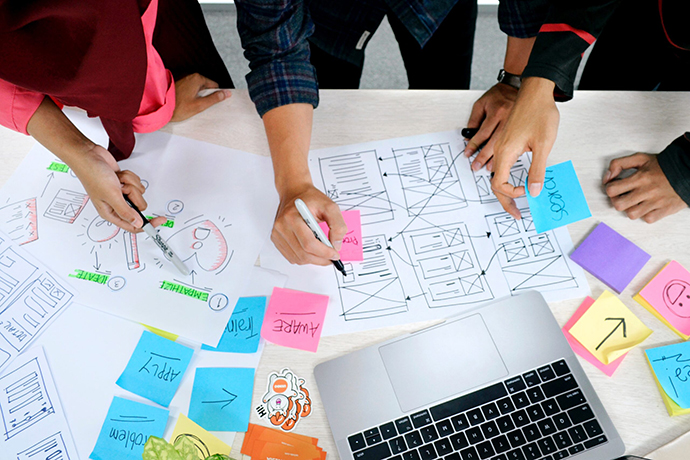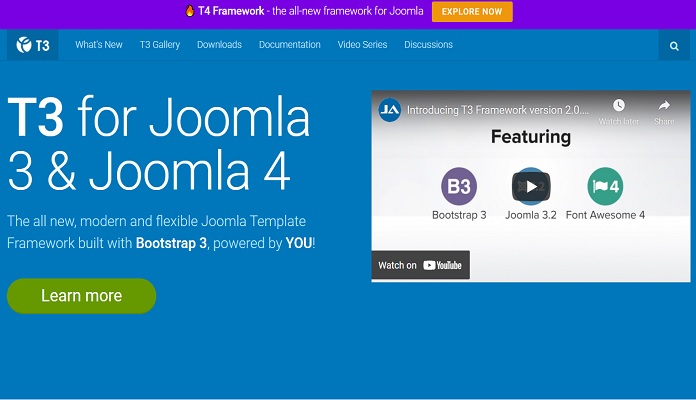6 Web Design Basics Every Beginner Should Know

Photo by UX Indonesia on Unsplash
Web design has come a long way over the last decade, especially when it comes to creating websites that are easy on the eyes and offer rich functionality for customers. If you’re interested in designing websites or have just gotten started on your new career path as a web designer, it’s important to understand the basics of web design so you can create the best user experience possible with your websites and applications. To help you get started, here are six web design basics every beginner should know.
6 Web Design Basics Every Beginner Should Know
1) Defining Your Audience
Who is your target audience? If you’re not sure, try to think about the person who would use your website. Who are they and what do they like? What don’t they like? What are their goals on your site, and how can you make it easier for them to achieve those goals? For instance, if you have a website that discusses volcano tours and white water rafting, among other adventure travel activities, you know your audience likes adventure. You just need to figure out how much these activities cost and in what income bracket your audience would have to be to afford it. It’s all about a deeper analysis.
2) Creating a User-Centred Design
User-centred design is a philosophy of web design that puts the needs, wants, and limitations of your audience first. You don’t want to use too many graphics or flashy elements because they will distract visitors from the content you’re trying to get across. Nor do you want a site that’s difficult to navigate. Make it simple for people to find what they need on your website and make it easy for them to contact you about any questions or concerns.
3) Wireframing and Storyboarding
The layout of a website is extremely important to its readability. A legible and scannable layout will be more likely to convert readers into customers, whereas an unreadable and difficult-to-scan layout will keep people from sticking around for a long. When designing a layout, it’s important that you consider: 1) the size of your text in relation to the size of the screen; 2) how simple your design can be; 3) how easy it is to navigate through each page; 4) which words or phrases are most crucial and need to stand out; 5) what images you want on each page, if any, and where you want them placed; 6) whether you’ll use any other graphics or illustrations for informational purposes.
4) Choosing The Right Tools For The Job
When it comes to web design, there are a variety of different tools that you can use. There is no one tool that will work for every project, so it’s important to know what the best tool for the job is. Some amazing tools you can use are Sketch, a vector drawing application; InVision, a prototyping and collaboration platform; Adobe Creative Cloud, a suite of popular creative applications; Git, a version control software for developers; Chrome DevTools, developer tools in Google Chrome browser.
5) Choosing The Right Colours And Fonts
Choosing the right fonts and colors can make or break your website. The wrong colors may distract your visitors, while the wrong font size could render your site unusable. But how do you know what is right? First, it’s important to think about who your target audience is when choosing colors for your website. Are they young people? Older adults? Families? Once you have determined this, choose a color palette that reflects these preferences. For example, if you are targeting families with young children, cool blues would be appropriate because they evoke calm and serenity. When choosing fonts, try to keep them simple so they are not distracting from the content of the page and are easy to read on any device.
6) Consider The Layout’s Readability
An important aspect to consider when designing a website is the readability of the layout. This includes font size, font type, and color. The font should be easy to read and if there is a lot of text on the page, it should be in an easy-to-read font type like Verdana or Arial, and large enough so that it can all fit on one screen. Colors should not be too bright or too dark as this may be difficult for some people to see easily. In general, black text on a white background is best for readability.



